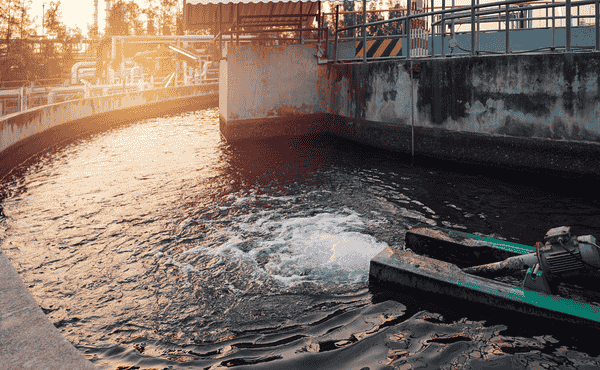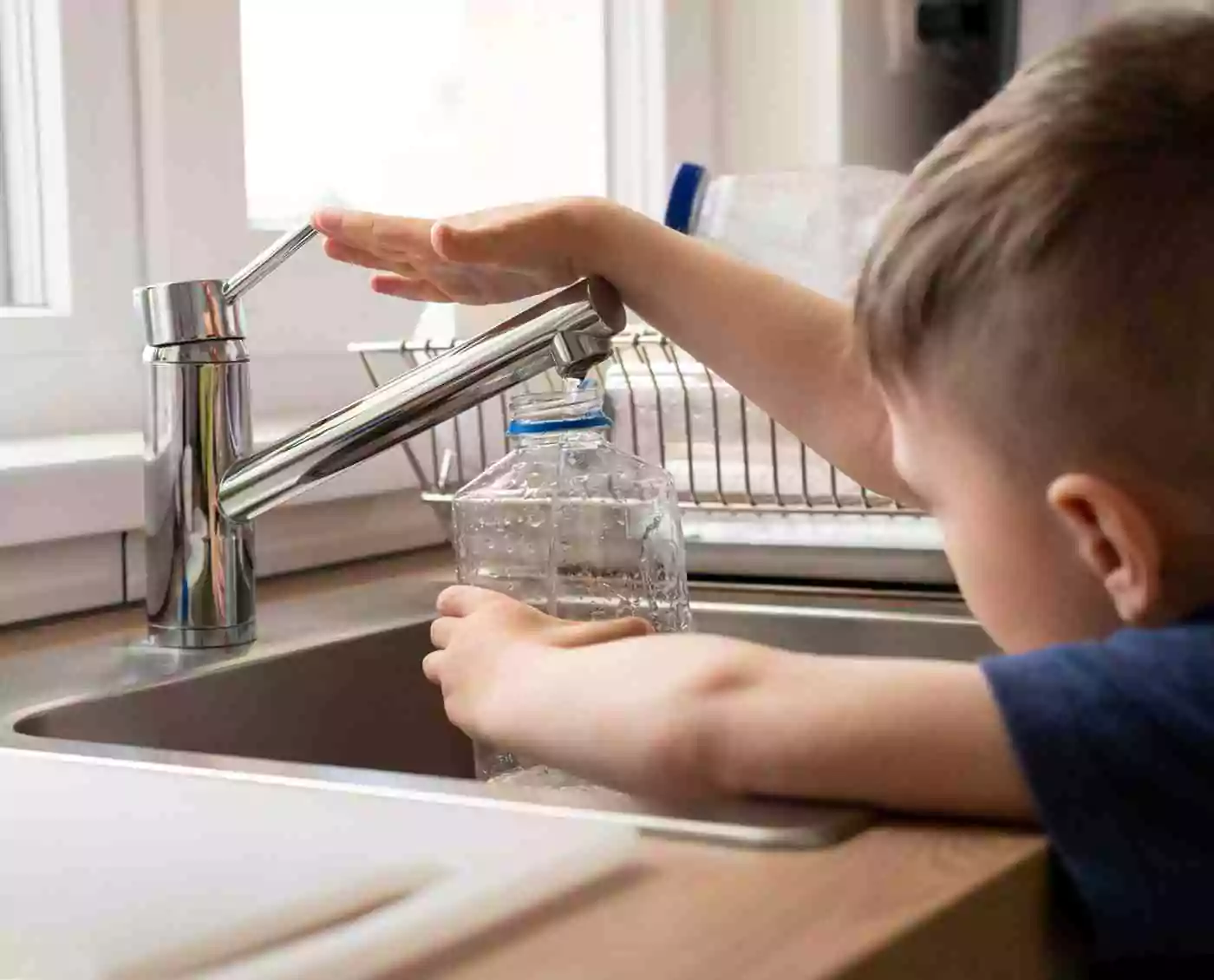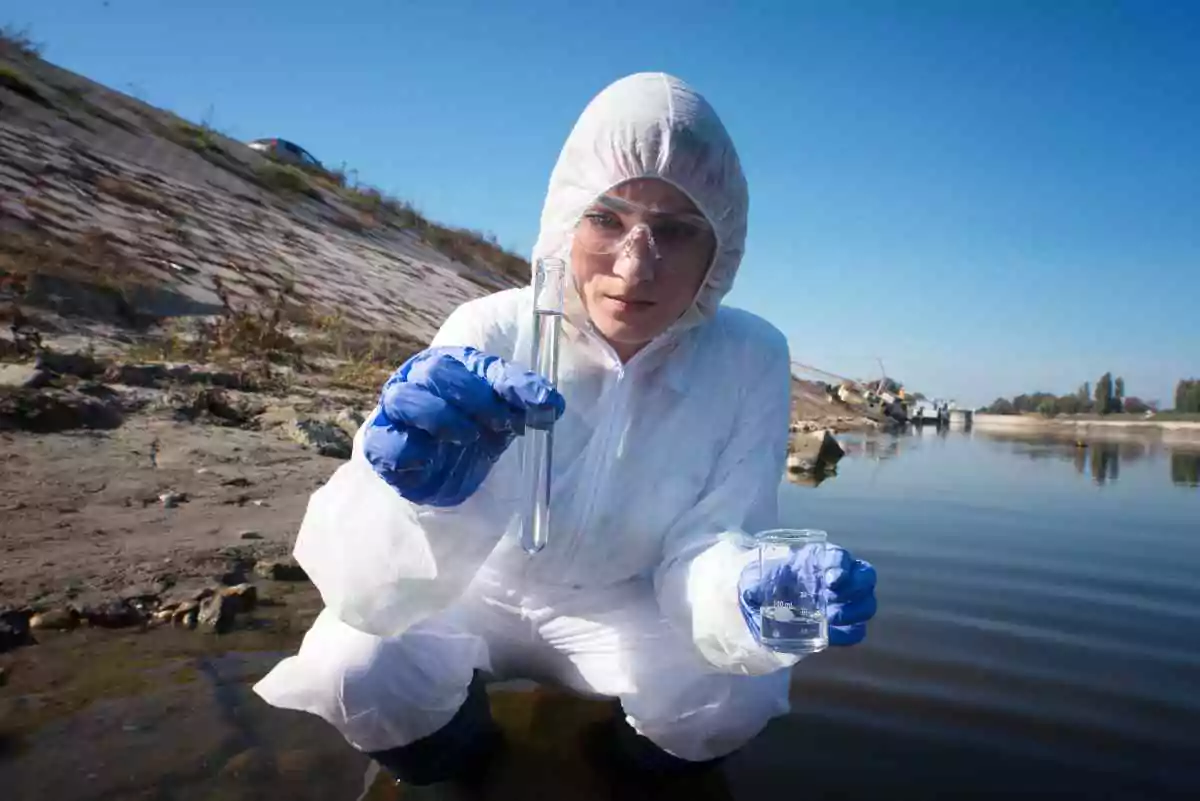Managing Water Safety: A Must-Read for Facility Managers
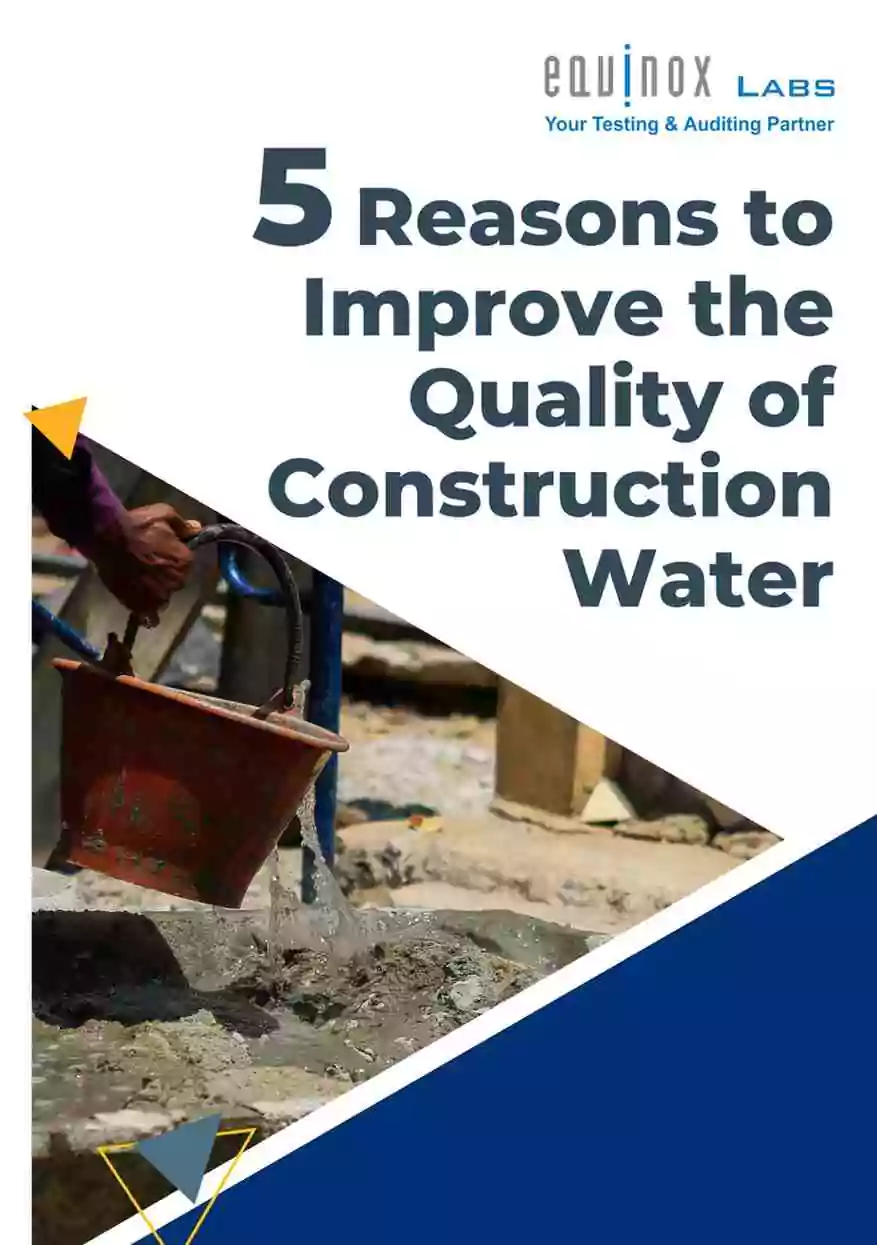
Reasons to Improve the Quality of Construction Water
Why is clean water critical in construction for long-term structural safety?
Test Your Food Today – Free Download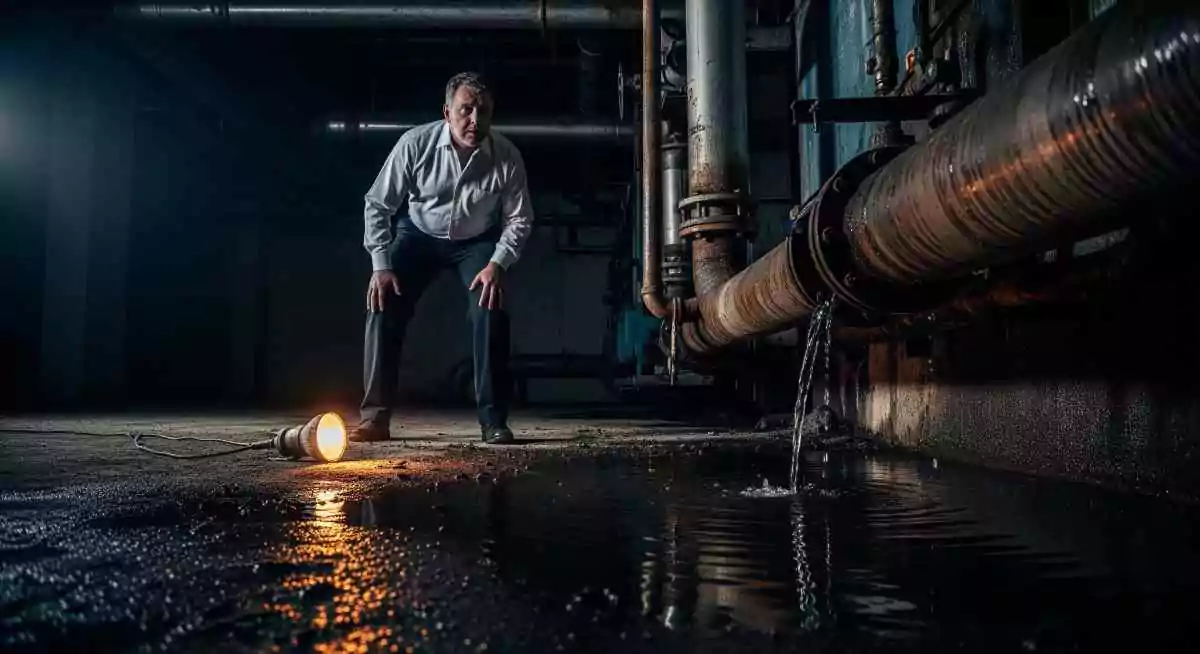
Water is significant for any facility. In a facility, water is used for drinking, powering critical systems and maintaining hygiene; its omnipresence is undeniable. Yet, often water safety is overlooked amidst the daily routine of operations is a question of profound importance: Which water is safe to drink?
As a facility manager, you are not just overseeing bricks and mortar; you are safeguarding the well-being of every individual within your domain. And nothing impacts health and operational continuity more directly than the quality of the water flowing through your taps. The perception that all water is created equal, or that a simple glance can discern its purity, is a dangerous myth that can lead to severe health risks, regulatory non-compliance, and even reputational damage for your organization.
In this blog, we will break the misconceptions and learn more about water safety. We will unmask the various types of drinking water you might encounter in your facility, unravel the mysteries of potential contaminants, and equip you with the essential knowledge and actionable steps, including the critical role of a professional water testing lab near you, services to ensure every drop is truly safe. This isn't just about compliance; it's about elevating your facility's standards and proactively protecting everyone under your care.
The Different Faces of Drinking Water: What's Flowing Through Your Pipes?
Not all water is the same, and understanding its source and processing is the first step toward ensuring safety. Here’s a breakdown of the common types of drinking water and what you, as a facility manager, need to consider for each:
1. Municipal Tap Water
For most urban and semi-urban facilities, municipal tap water is the primary source. It's typically treated by public water systems to meet stringent government standards (like those set by the EPA in the U.S. or BIS in India). This treatment usually involves coagulation, sedimentation, filtration, and disinfection (often with chlorine).
- Pros: Generally convenient, cost-effective, and subject to regular, large-scale testing by the utility. You often receive an annual water testing report detailing its quality.
- Cons:While treated at the source, water can pick up contaminants on its journey through aging infrastructure. Lead from old pipes, chlorine byproducts, and even microplastics are potential concerns. Changes in source water quality due to environmental factors (e.g., heavy rainfall, industrial discharge upstream) can also temporarily affect municipal supply. Hardness minerals are also common, leading to water testing hardness concerns for appliances and plumbing.
2. Bottled Water: Convenience vs. Certainty
Often perceived as the epitome of purity, bottled water comes in various forms – spring, purified, mineral. While regulated, its oversight differs from municipal water, and the source and treatment processes can vary wildly between brands.
- Pros: Convenient for grab-and-go, often marketed as natural or specially purified.
- Cons: Environmental impact of plastic, significantly higher cost, and crucially, not necessarily safer than tap water. Some bottled waters are simply filtered tap water. The lack of continuous, public testing reports can be a concern.
3. Well Water: The Unregulated Frontier
Facilities in rural areas, or those with independent water sources, might rely on private wells. Unlike municipal supplies, well water is not federally regulated. Its quality is entirely dependent on the local geology, surrounding land use (e.g., agricultural runoff, septic systems), and the well's construction and maintenance.
- Pros: Self-sufficient water source, can be cost-effective if managed properly.
- Cons: These processes also remove beneficial minerals (like calcium and magnesium) that contribute to taste and are sometimes considered vital for health. Long-term consumption of demineralized water is a subject of ongoing debate. RO systems can also generate significant wastewater.
4. Purified Water (RO, Distilled)
This category refers to water that has undergone processes like Reverse Osmosis (RO) or distillation.
- Reverse Osmosis (RO) Water: Forced through a semi-permeable membrane to remove dissolved solids, salts, minerals, and many contaminants.
- Distilled Water: Boiled into vapor and then condensed back into liquid, leaving impurities behind.
- Pros:Highly effective at removing a vast array of contaminants, including heavy metals, chemicals, and microorganisms. Often used in labs or for specific industrial processes where ultra-pure water is required.
- Cons: Highly susceptible to contamination from nitrates, pesticides, bacteria (like E. coli), and heavy metals. Without regular testing and proper treatment, well water poses significant health risks. This type of water unequivocally demands frequent and thorough water testing methods.
5. Mineral and Spring Water: Nature's Bounty?
- Mineral Water: Sourced from underground formations, protected from contamination, and characterized by constant levels of minerals and trace elements.
- Spring Water: Collected at the point where water flows naturally to the surface from an underground source.
- Pros:Often contains naturally occurring minerals, which some find beneficial or prefer for taste.
- Cons: While natural, their purity isn't guaranteed without proper testing. Contaminants can still leach into underground sources. "Raw" spring water, if unfiltered, can harbor pathogens.
6. Alkaline Water: The pH Trend
Alkaline water has a higher pH level than regular drinking water, typically achieved by adding alkaline minerals or through an ionization process.
- Pros: Advocates claim benefits like neutralizing body acid, improved hydration, and detoxification.
- Cons: Scientific evidence supporting these health claims is largely inconclusive. It's generally considered safe, but excessive consumption could potentially interfere with natural stomach acidity.
Why Water Testing Isn't Optional? It's Essential
Given the varied nature of water sources and the potential for contamination, relying on assumptions is a gamble no facility manager can afford. Regular and thorough water testing is not merely a best practice; it's a critical component of risk management, regulatory compliance, and protecting human health.
The Imperative for Testing:
- Health & Safety: This is paramount. Invisible contaminants like bacteria (E. coli, Legionella), viruses, heavy metals (lead, mercury, arsenic), chemicals (pesticides, industrial solvents), and nitrates can cause severe illnesses, particularly in vulnerable populations (children, elderly, immunocompromised individuals). Proactive testing is the only way to detect these threats before an outbreak occurs.
- Regulatory Compliance: Depending on your industry and location, there are often strict regulations governing water quality in commercial and public buildings. Non-compliance can lead to hefty fines, legal action, and operational shutdowns. A comprehensive water testing report is often a legal requirement.
- Infrastructure Longevity:Contaminants like excess minerals (leading to water testing hardness issues), corrosive pH, or high sediment can wreak havoc on your plumbing, boilers, cooling towers, and other water-reliant equipment. Regular testing helps identify these issues early, preventing costly repairs and extending asset lifespan.
- Reputation Management: A water contamination incident can severely damage your organization's reputation, erode public trust, and lead to significant financial losses beyond direct costs. Demonstrating a proactive commitment to water safety reinforces your brand's integrity.
- Taste & Odor: While not always health-threatening, unpleasant taste or odor in water significantly impacts user experience. Testing can identify the source of these aesthetic issues, allowing for corrective measures.
What to Test For: Key Water Testing Methods
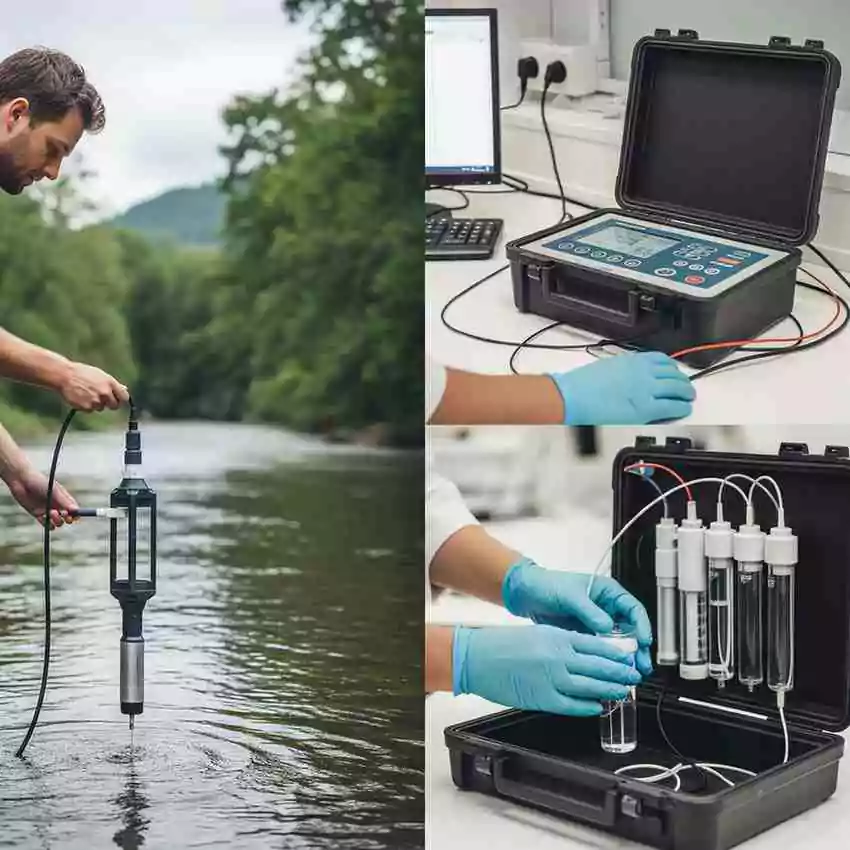
A comprehensive water quality analysis typically involves testing for:
- Microbiological Parameters: Bacteria (Total Coliforms, E. coli, Legionella), viruses, protozoa (Giardia, Cryptosporidium). These indicate fecal contamination or the presence of harmful pathogens.
- Chemical Parameters:
- Inorganic Chemicals: for equipment safety and taste consistency.
- Organic Chemicals:Volatile Organic Compounds (VOCs), pesticides, herbicides, industrial solvents.
- Physical Parameters:Turbidity (cloudiness), color, odor, temperature. While often aesthetic, these can indicate underlying issues.
For preliminary checks, especially if you suspect an immediate problem or are managing well water, a basic water testing kit can provide quick, indicative results for common parameters like pH, chlorine, and some metals. However, for a definitive and comprehensive assessment, a professional lab for water testing is indispensable.
Finding Your Water Safety Partners: Professional Testing & Beyond
While a kit for water testing offers a convenient first step, ensuring true water safety in a commercial or public facility demands the expertise and precision of a certified laboratory. This is where phrases like "I need a water testing lab near me" become critical search terms.
The Value of Professional Labs:
Professional laboratories utilize advanced equipment and highly trained scientists to perform precise analyses for a wide spectrum of contaminants that a simple water testing kit cannot detect. They adhere to strict regulatory guidelines and provide legally defensible water testing reports.
When searching for a water testing laboratory near you or water testing near me in the search engine, consider these factors:
- Accreditation: Ensure the lab is accredited by a recognized authority (e.g., NABL in India, EPA or state certifications in the U.S.). Accreditation signifies competence, reliability, and adherence to quality standards.
- Scope of Services: Does the lab offer testing for all relevant parameters for your water source and facility type? Do they specialize in drinking water analysis?
- Turnaround Time: How quickly will you receive your results? Timeliness is crucial, especially if you suspect contamination.
- Reporting Clarity: Will the water testing report be easy to understand, with clear indications of parameters that exceed safe limits? Do they offer guidance on interpreting results?
- Customer Support: Can you consult with their experts to discuss your specific concerns or interpret complex findings?
Once you receive your water testing report, it’s essential to understand its implications. A report might highlight issues like elevated lead levels, the presence of coliform bacteria, or high water testing hardness. Each finding dictates a specific course of action.
From Contamination to Clarity: Water Treatment Solutions
Identifying a problem through drinking Water Testing is only half the battle; the other half is implementing effective solutions. The treatment approach depends entirely on the type and level of contaminants found.
Common Water Treatment Strategies for Drinking Water:
- Filtration Systems:From activated carbon filters (for chlorine, taste, odor) to sediment filters (for particulate matter) and specialized media for specific chemicals.
- Reverse Osmosis (RO) Systems: Highly effective for removing dissolved solids, salts, heavy metals, and many chemical contaminants. Often used as point-of-use or point-of-entry systems in facilities.
- UV Disinfection: Uses ultraviolet light to neutralize bacteria, viruses, and other microorganisms without adding chemicals. Excellent for microbial contamination.
- Chlorination/Chloramine Treatment: While often used by municipal suppliers, additional chlorination might be necessary for certain bacterial issues, particularly in wells or private systems, but careful monitoring is essential to avoid excessive byproduct formation.
- Water Softeners: Primarily address water testing hardness by exchanging hardness minerals (calcium, magnesium) with sodium ions, preventing scale buildup in pipes and appliances.
- Aeration: Can remove dissolved gases like hydrogen sulfide (which causes a rotten egg smell) and oxidize iron and manganese.
Beyond Drinking Water: The Importance of Wastewater Treatment
While directly related to public health and environmental stewardship, managing wastewater is also a critical responsibility for facility managers. Proper Treatment of Wastewater and sewage waste water treatment are not just about compliance but also about protecting local ecosystems and public health downstream. This involves processes like:
- Preliminary Treatment:Removing large solids and grit.
- Primary Treatment: Sedimentation to remove suspended solids.
- Secondary Treatment: Biological processes to remove dissolved organic matter.
- Tertiary Treatment: Advanced filtration, disinfection, and nutrient removal, depending on discharge requirements.
Ensuring your facility’s wastewater management systems are functioning optimally prevents pollution and contributes to a healthier environment for everyone. This aspect of water management, though different from drinking water, underscores the holistic approach required for a truly safe and sustainable facility.
In the complex landscape of facility management, water safety stands out as a non-negotiable priority. From the moment water enters your property, through its various uses, to its eventual discharge, every step requires vigilance, knowledge, and proactive management.
By understanding the nuances of which water is safe to drink, employing reliable water testing methods, and partnering with a reputable water testing lab near me (or lab for water testing), you empower yourself to make informed decisions. Whether it's interpreting a detailed water testing report for water testing hardness or addressing microbial concerns, your commitment to continuous Drinking Water Testing is a testament to your dedication. By also considering the broader implications of wastewater and sewage treatment, you ensure a comprehensive approach to water stewardship.
Invest in knowledge, invest in testing, and invest in the well-being of your occupants. Because when it comes to water, peace of mind isn't just a luxury, it's a fundamental necessity you can confidently provide.
Equinox Labs, a NABL-accredited testing partner, helps businesses, offices, and facilities identify contaminants and ensure their drinking water is safe, compliant, and fit for consumption.


